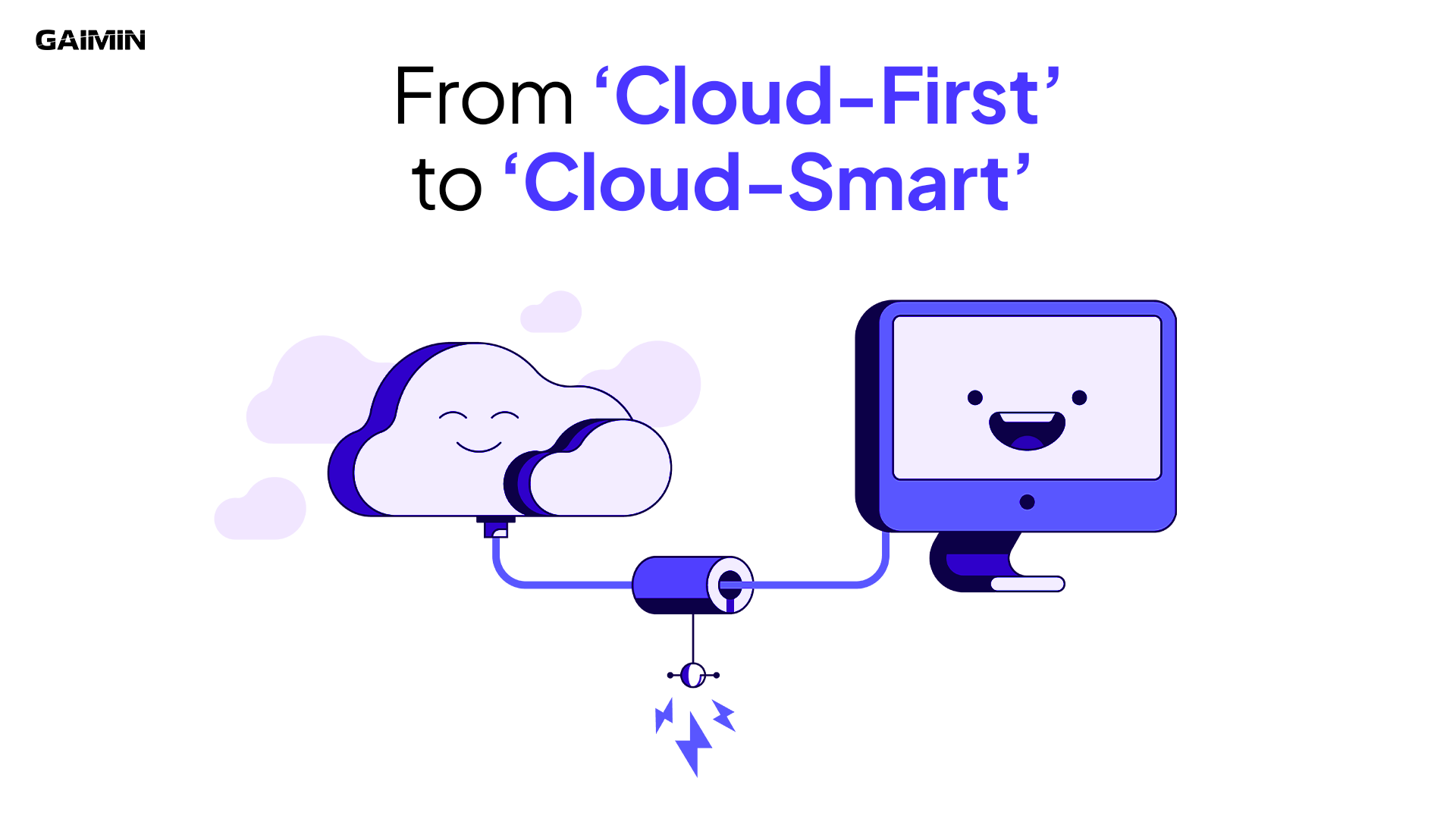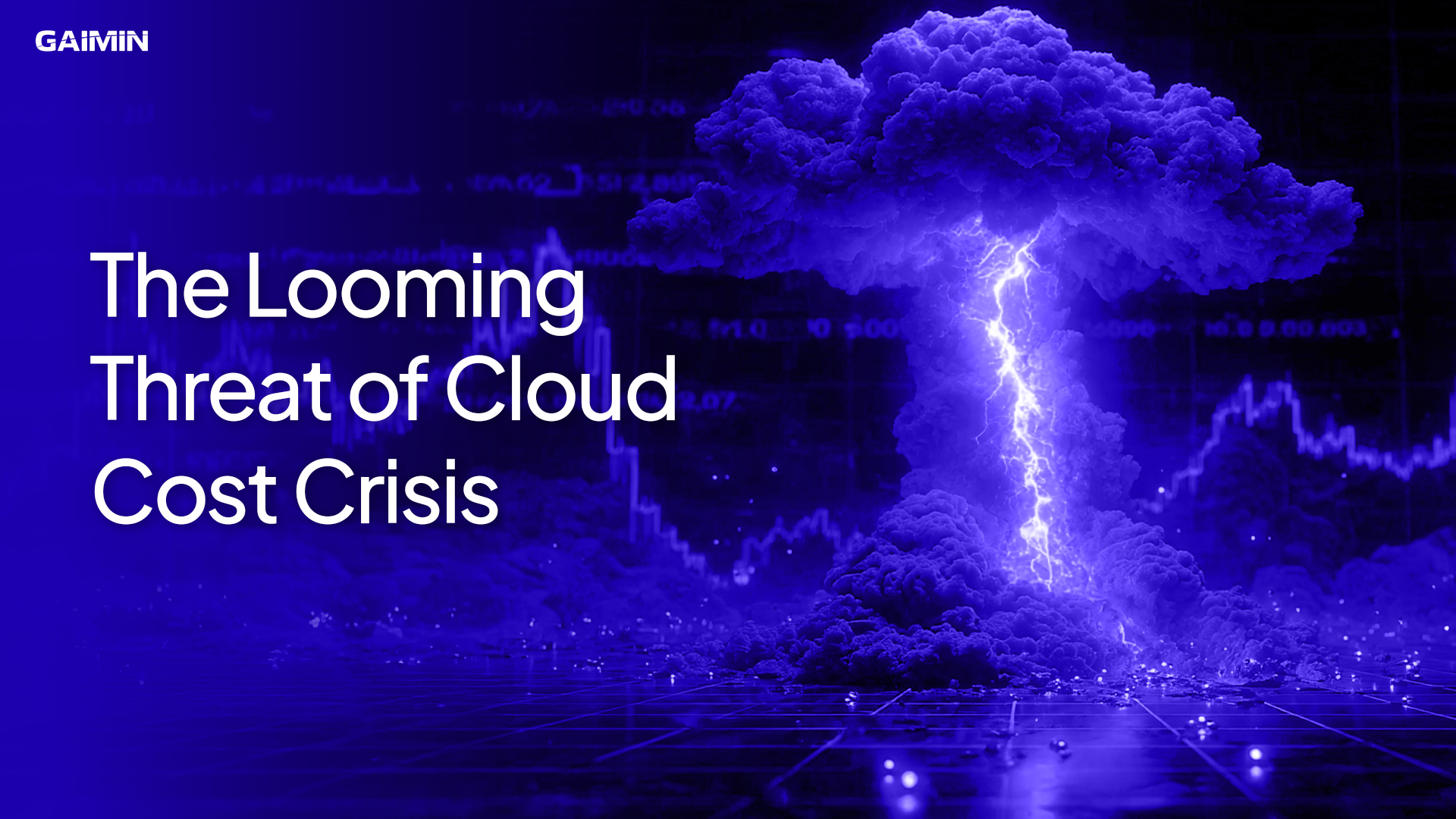Rendering is the process of creating images, animations, and videos by simulating the behavior of light and materials. The demand for rendering has grown significantly in recent years due to the increasing use of computer-generated imagery (CGI) in film, television, video games, and other forms of media. The demand for high-quality, photorealistic images and animations has also led to the development of more advanced rendering techniques, such as ray tracing and global illumination, which require significant amounts of data processing power.
The growth of the gaming industry has also played a major role in the increasing demand for rendering. High-quality graphics and realistic environments are essential for creating immersive gaming experiences, and this requires powerful rendering capabilities. In addition, the use of virtual reality (VR) and augmented reality (AR) in gaming has further increased the demand for rendering, as these technologies require even more advanced and realistic images and animations.
The rise of the internet and social media has also contributed to the growth of rendering. With the increasing popularity of video content, businesses and individuals are turning to rendering to create eye-catching, high-quality videos and animations for marketing and advertising purposes.
The demand for rendering is also set to grow in the future as the use of CGI continues to expand into new areas, such as architectural visualization, product design, and medical imaging. The increasing use of 3D printing is also expected to drive the demand for rendering, as it requires the creation of detailed 3D models of objects.
In summary, the growth of rendering and its demand for data processing power is driven by the increasing use of computer-generated imagery in media and entertainment, the gaming industry's advancement in graphics and immersive environments, the rise of video content and social media, as well as its expansion into new areas such as architecture, product design and medical imaging. With the increasing demand for rendering, it's important to consider data processing solutions, like gaimin.cloud, that can handle the power requirements and support businesses and individuals to create high-quality images and animations.
-Gaimin Company



.png)
